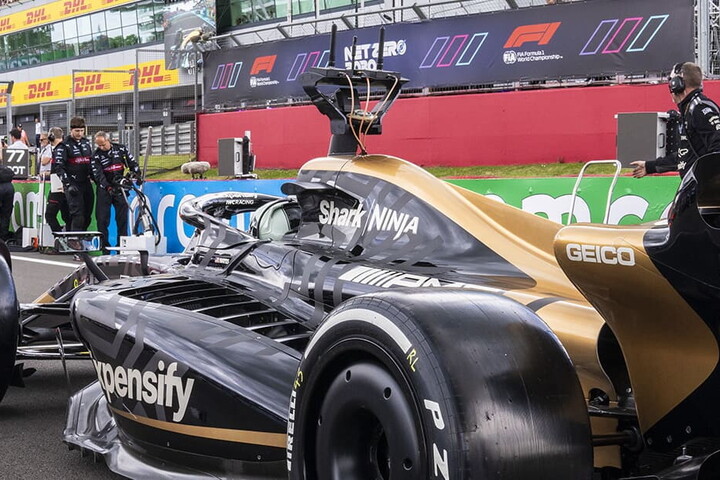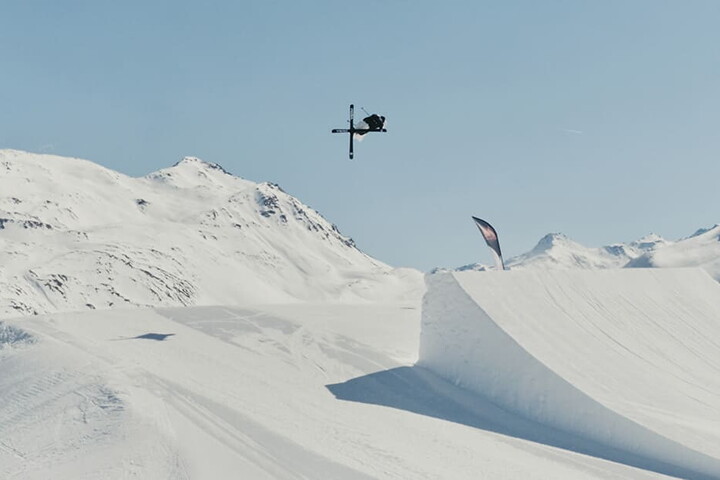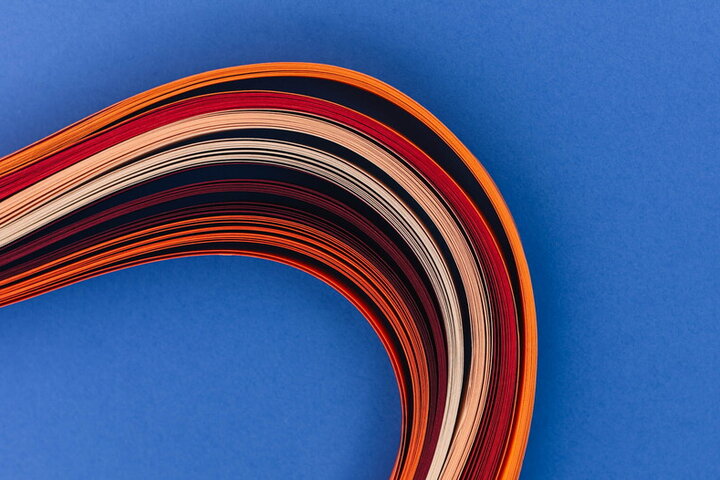The starting grid at Silverstone is buzzing with celebrities. A camera pans along the drivers – Sergio Perez, world champion Max Verstappen, Joshua Pearce (Damson Idris) and Sonny Hayes (Brad Pitt) – before they climb into their gleaming cars in front of a crowd of 140,000 spectators. It's a real Grand Prix, but it's also the Hollywood movie sensation: F1: The Movie.

When producer Jerry Bruckheimer and director Joseph Kosinski – the team behind the high-octane blockbuster Top Gun: Maverick (2022) – decided to make a movie about Formula 1 they had a vision: to create the most authentic and realistic motor-racing film ever made.
Forget the old green-screen shortcuts. It had to be real, from the screech of the tyres and toe-to-toe racing to the G-forces and grimacing faces of the stars. “Joe wanted to actually have the actors drive the cars,” says Bruckheimer. “Not do the normal digital way of making movies where you put them on a sound stage and have a wind machine blowing. So, he said: ‘We're gonna do it on real tracks.'”
Pitt loved the idea, and so did Apple TV. To turn an ambitious film pitch into reality relied on getting the buy-in of all the players in a hugely competitive, multi-billion-dollar sports business. So it helped that F1 CEO Stefano Domenicali backed the plan – he was enthusiastic after enjoying a preview of Top Gun: Maverick – and all 10 F1 teams agreed once they understood the ambitious project.
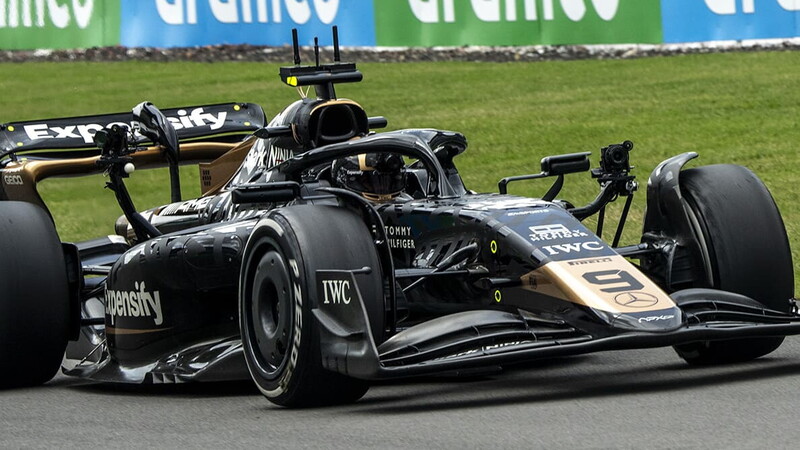
A fictional 11th F1 team, APXGP, would be created and given a gleaming futuristic garage in the pit lane alongside all the great marques. Actors and mechanics would mix in the paddock. APXGP's car would be built by Mercedes – Lewis Hamilton was with the team at the time and was an executive producer of the film – and have a black and gold livery that could be “skinned” on to a real car to integrate APXGP into actual racing sequences.
The APXGP cars even took part in formation laps. Pitt and Idris trained for four months and their driving during practice sessions and special time slots on race weekends was captured in brutal close-up by IMAX cameras.
“It made it much more daring for our actors to drive the cars because they had these cameras sticking in their face all the time,” says Bruckheimer. Each camera was carefully positioned to give the feeling of motion while avoiding too much vibration from the car so that it could provide a clear picture. “You see our guys actually driving those cars,” he adds.
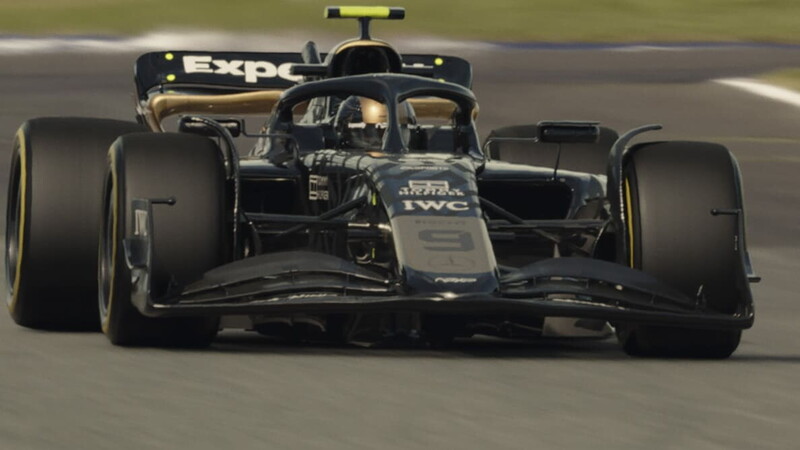
Tyres – the heart of the action
The result is a wonderful white-knuckle ride on nine of the world's iconic F1 circuits – from Silverstone and Spa-Francorchamps to Monza and Mexico City – as the film builds towards its finale at Yas Marina, Abu Dhabi. The world's greatest drivers are all vying for the chequered flag but there is one unexpected star of the show... the tyres.
“Tyre strategy – how and when you use them – is a huge part of the sport,” notes Bruckheimer. “It was a big learning experience for us. We – and the screenwriter Ehren Kruger in particular – spent an enormous amount of time researching and figuring out how to make our races dramatic but realistic, so that even the drivers would believe it.”
Bruckheimer says that working with Pirelli was integral to getting the movie made. The company provided in-depth consultancy that helped the production team create credible storylines over the two years the film took to shoot. In many ways it treated APXGP like an F1 team, embedding a team of engineers to help prepare the tyres for optimum performance.
The company also supplied 1,000 tyres – F2 tyres for driving on the track and full-size F1 tyres for garage scenes. As the cars were modified, special tyres were needed to film at slow speeds, so Pirelli advised on the use of softer compounds to create the best footage. For the movie's crash sequences, Pirelli also provided crucial information on how tyres puncture and lose pressure.
Mario Isola, Pirelli's Motorsport Director, says the relationship started as a technical one but ended up as a friendship. “I believe this is the first time that we have a movie with real drivers, real team principals and the people who work in this environment,” he explains. “They have the experience of making Hollywood movies while we are experts on the tyre side. It was a very fruitful co-operation from the very beginning.”
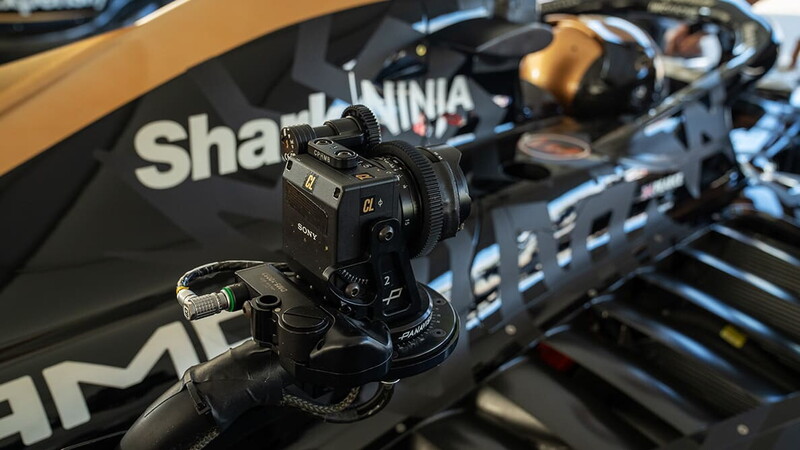
A gripping finale
In the build-up to the final race of the season at Yas Marina, the APXGP team discuss tyre strategy in a fascinating scene that gives the viewer a fly-on-the-wall insight into the vital questions real team players ask. When is it best to use hard or soft tyres? How likely is rain? How many tyre changes is best? Should both of a team's cars use the same strategy?
The race starts with the growl of engines and screaming tyres. Sky Sports F1 commentators David Croft and Martin Brundle describe the action as, lap after lap, Hayes and Pearce battle on track with Verstappen, Hamilton, George Russell, Charles Leclerc and others. The way the APXGP livery is “skinned” on to real cars makes the racing look utterly convincing – a real Grand Prix with Pitt on a charge for victory.
For Pirelli, the results are convincing. “It's a very, very good movie,” says Isola, who has watched the film three times. “The winner of the final race is decided by tyre strategy, a scene that sums up our involvement in the sport. It's a great way to show we are not just a technical supplier to F1, we are a partner, and we always try to improve the show and to make the sport more successful.”
Bruckheimer is also delighted with his box-office hit and says he would like the opportunity to work with Pirelli on the next instalment. “Pirelli were very gracious to us and were terrific to work with,” he says. “I'm looking forward to doing it again. I hope they'll have us back!”
F1® The Movie will stream on Apple TV beginning December 12.

